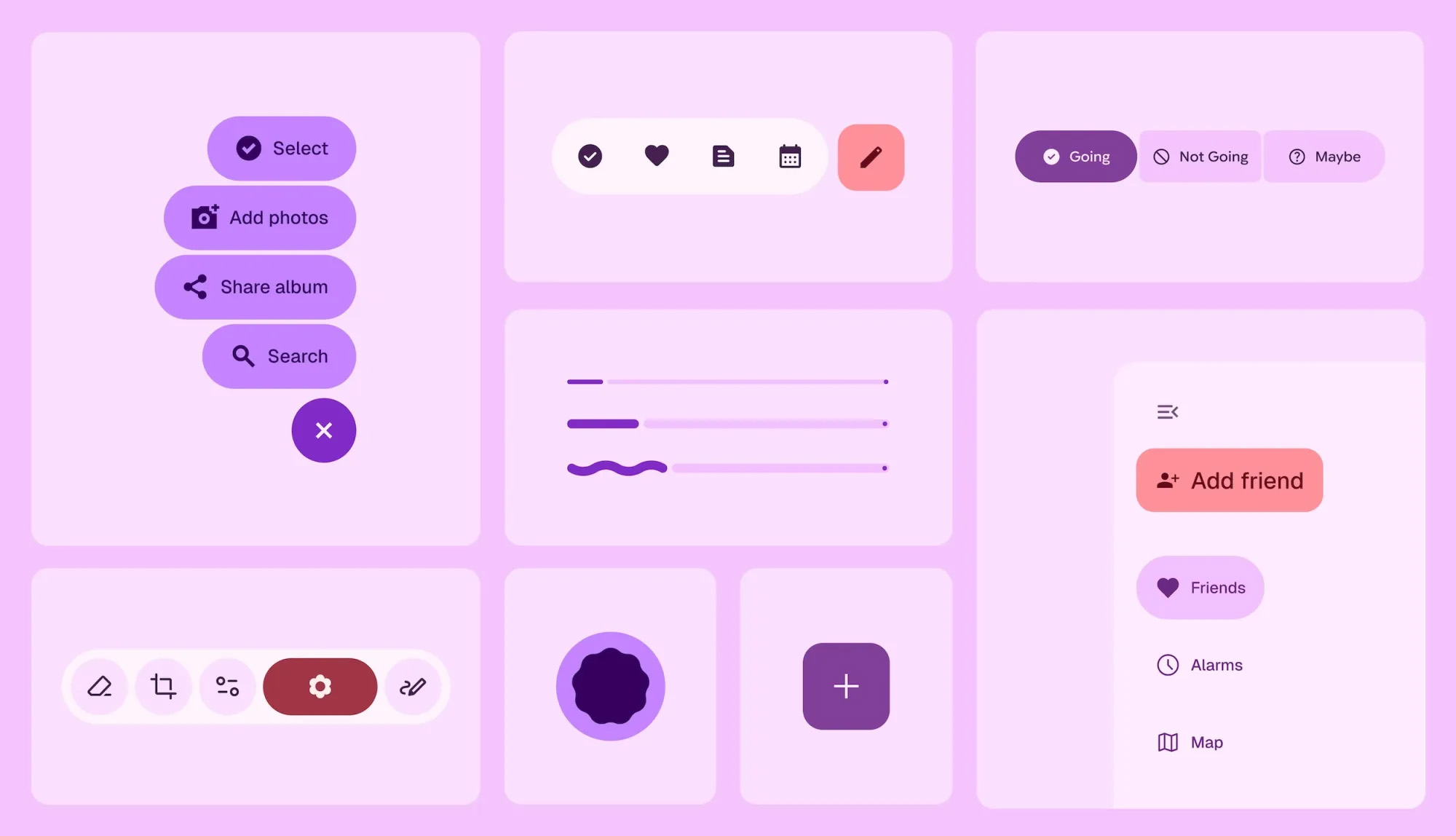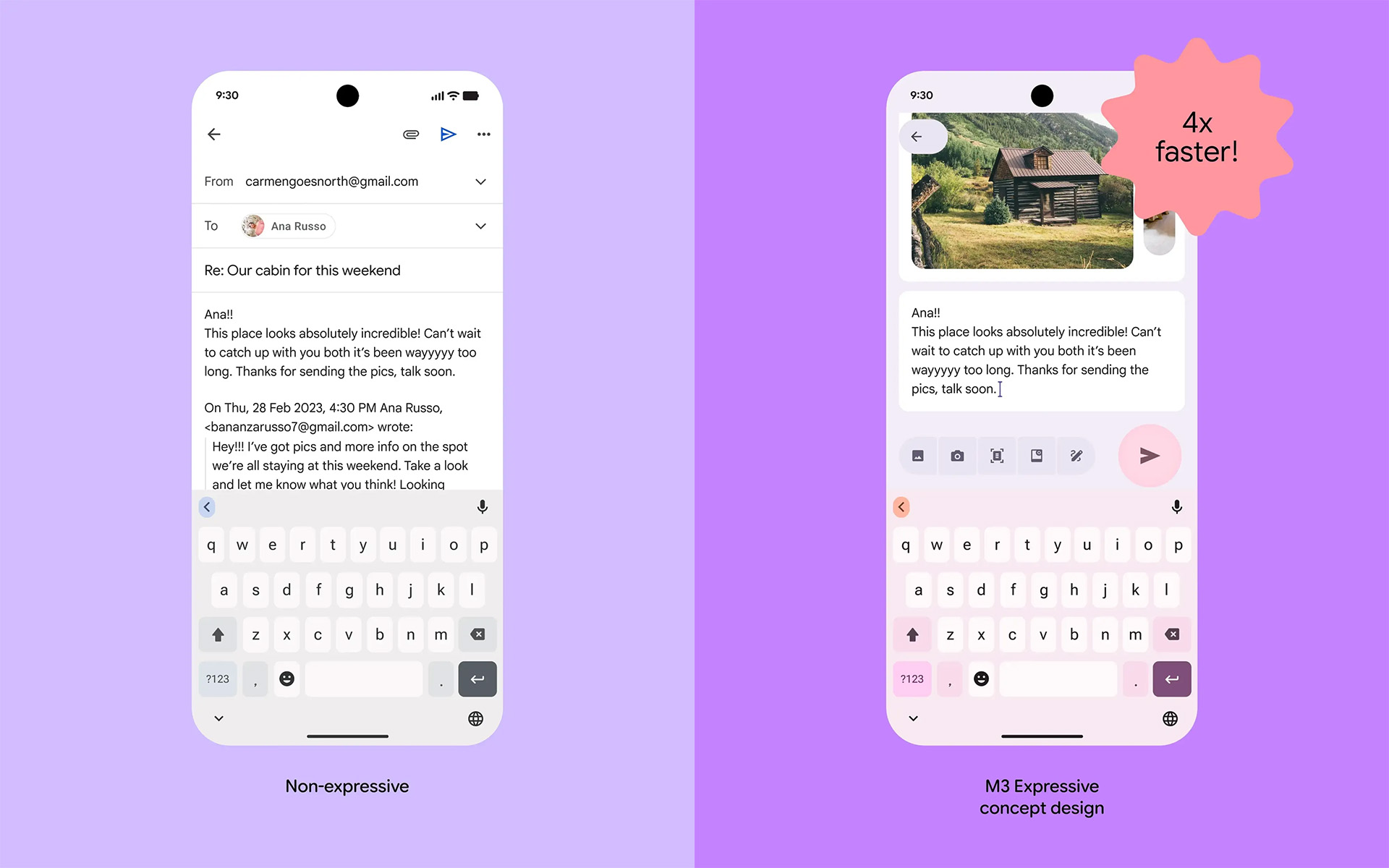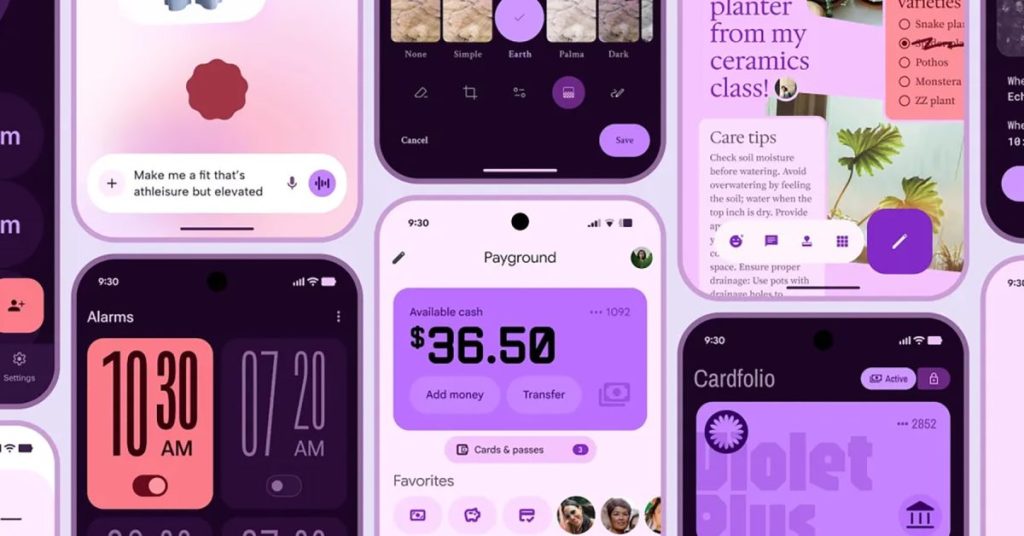It has been over 10 years since Google introduced Material Design. Can you believe that? Over the years, we have seen it really take shape in many applications and the Android OS in general, but the work hasn’t stopped. Ahead of Google I/O later this month, a blog post detailing Material 3 Expressive was accidentally shared, giving us a peek at what Google may have in store for the future of Android design language.
Google says that, “Material 3 Expressive was born out of research—not in the 41 shades of blue kind of way, which delegated design decisions to data, but in a collaborative inquiry spanning research, design, and engineering.”


Utilizing studies of eye tracking (where a user focuses their attention), surveys and focus groups, as well as usability studies, “Material 3 Expressive principles are rooted in solid research and built on longstanding usability best practices.” In total, Google had 46 separate research studies with more than 18,000 participants around the world.
You’ll notice in a few of the mockups, M3 Expressive is heavily built around color and shapes. Floating toolbars are also an important aspect, with users seemingly ensured that important features and tools are a simple click away via these toolbars.


We suspect we’ll be learning much more about M3 Expressive as we get closer to Google I/O. But keep in mind, this sort of insight into Google’s design research means we could still be a ways away from getting directly implemented into Android. Like we saw with the original Material Design, it trickled into apps slowly, then finally made its way to the OS. These things take time.
With that said, it already looks awesome and these mockups have us excited for the possible future look of Android.
// 9to5Google


